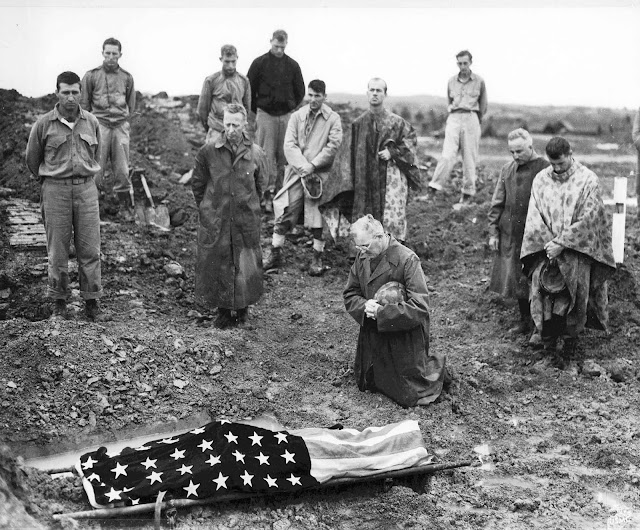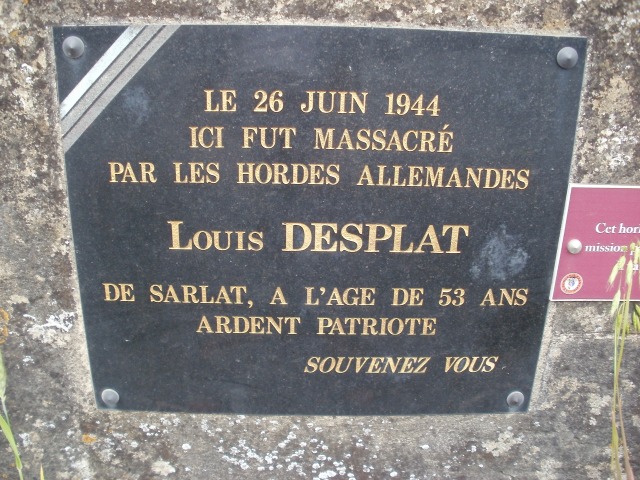Notes on books I've read and enjoyed over the past few months and which have not been previously mentioned on THC.
Non-Fiction
Roman republic and empire history is one of my favorite subjects and The War The Made The Roman Empire by Barry Strauss was a good read. The story of the rivalry and then war between Octavian (Augustus) and Antony and Cleopatra is well told.
It was during the time of the empire that Christianity arose and in Dominion, Tom Holland explains why the viewpoint of the new religion was so fundamentally different from the mindset of Classical times and how, even today, even for those of different religions or no religion, the ethos of Christianity still has such an impact. Fascinating read and fodder for good discussion.
The fourth century saw the triumph of Christianity in the empire. In The Final Pagan Generation by Edward J Watt, we learn from the perspective of four leading pagan politicians, authors, and philosophers born near the beginning of the century and dying near its end what it was like. We know what happened during that century, but it was not evident to those living then what would happen and none of them seem to have foreseen the course of events. It is a reminder to all of us, that it is only looking back that things appear to arrange themselves in a pattern (see the sidebar to this blog for some wisdom from Joe Walsh on this subject). It also prompts the reader to wonder whether we are in a similar situation in this century.
The Verge: Reformation, Renaissance and Forty Years That Shook the World (1490-1530) by Patrick Wyman tells the story of the pivotal figures in the ending of the medieval era and of setting us on the path to the modern world. Very insightful. It also fits with the three part THC series, Ten Years After (1519-29) on six important events during that decade and which you can read here, here, and here.
Not covered in Wyman's book, but occurring during the same period is The Catalogue of Shipwrecked Books by Edward Wilson-Lee, the story of Christopher Columbus and his illegitimate, but recognized son, Hernando Colon, who accompanied him on his last voyage to the Americas, and created the greatest collection of books in the world at this time. A story I'd had no clue about until stumbling across an article about it recently (see Book of Lost Books).
The Rise of African Slavery in the Americas by David Eltis is a detailed study of the early days of the Atlantic slave trade before the mid-18th century. It covers the economics and logistics of the trade. Eltis includes a lengthy discussion of how and why the coastal African states engaged in the trade and how they were able to keep European powers from gaining footholds in their territories during this period.
Colin Calloway's book, One Vast Winter Count: The Native American West before Lewis & Clark recounts the history of Indians from their entry into North America during the Ice Age until the beginning of the 19th century, focusing on what is now the United States west of the Mississippi. A vast temporal and geographical scope which the author handles well. The book gives the reader an appreciation for the culture, struggles, and conflicts over that timespan.
I had the pleasure of interviewing U of Virginia professor and head of its Civil War Center, Caroline Janney via Zoom for our Civil War Roundtable and we hope to have her back in person. Her recent book, Ends of War, has received glowing reviews and contained a lot that was new to me. The usual tale of Lee's surrender at Appomattox, was his army disbanded and went home. It turns out it was not as simple as that as a large portion of his army was not at Appomattox so how to effect its surrender raised questions as did many other aspects of the surrender even for those there on April 9.
Carrying the story further is Gregory Downs, After Appomattox, the story of the military occupation of the South after the end of the Civil War. Downs recounts the struggle the rapidly shrinking army faced in trying to maintain order, particularly in light of the massive violence unleashed by white southerners against blacks and those whites seen as their allies.
When Michael Collins, who remained alone in the Apollo Command Module, while Neil Armstrong and Buzz Aldrin landed on the moon, passed last year, it reminded me I'd never read his book Carrying the Fire, reputed to be one of the finest astronaut memoirs. I've now read it and concur. Written in the 1970s, after he'd left NASA, Collins provides amazing and interesting detail on what it was like to train as an astronaut, how relatively primitive the technology was, and how astonishing it was that from start to finish the moon landing project took only eight years. Collins also seems to be more self-reflective than many of those early astronauts and his portrayal of himself and his fellow astronauts is fascinating.
San Francisco has always been somewhat offbeat, but in the 1970s it was going completely off the rails. Cult City by Daniel J Flynn is the tale of Jim Jones and his People's Temple that began in the Bay Area and ended with murder and mass suicide in Guyana. Flynn has a chilling story of how a charlatan like Jones succeeded by drawing in vulnerable people with the active assistance of local and state political figures.
San Francisco may not be any better today, at least according to San Fransicko by Michael Shellenberger. Shellenberger, a progressive who recently announced his candidacy for governor, taking on the incumbent Gavin Newsom, writes of the city's, and the state's botched efforts to deal with the mentally ill and addicted overrunning its streets, park, and sidewalks. Constricted by the dictates of ideology enormous amounts of monies have been spent to little effect. This is a sensitive issue for me, due to issues in my own family going back a half-century and it is frustrating and infuriating to see the same false arguments still trotted out by mental health "advocates" decades later. While the problems they created remain unsolved, many of these advocates make a nice living from all the monies flowing in to supposedly solve the problem.
The Baseball 100 by Joe Posnanski is a feast for fans who love the sport and great writing. Joe can make anything interesting and his ranking of baseball's 100 greatest players provides him great material to work with. I really didn't care about the specific ranking for any player, I just wanted to enjoy the writing and getting there. I did.
Fiction
Ridgeline by Michael Punke (author of The Revenant) is a fictionalized telling of the events leading up to the Fetterman Fight in December 1866, in which Crazy Horse and a tribal alliance wiped out eighty U.S. soldiers. Told from the soldier and Indian perspectives. Excellent.
It starts in Hawaii just before Pearl Harbor and takes us to Hong Kong and Japan during the war. Five Decembers by James Kestrel begins with murders and the investigation by a Honolulu detective. Intrigue on an epic scale over a five year period.
The fate of Jews under German occupation during WW2 varied greatly. In The Invisible Bridge, Julie Orringer describes the little known story of Hungarian Jews, alternately persecuted and protected by their own government, until late in the war when the Nazis occupied the country. A sprawling, moving book.
I love Michael Connelly's books, particularly those featuring detective Hieronymus (Harry) Bosch. As Harry, a Vietnam War vet, is aging out, Connelly has introduced a new detective, Renee Ballard. I had not found her as interesting but in The Dark Horse, they join forces and the partnership and Ballard's character finally take off.
And in August, we'll get the latest in Martin Walker's Bruno, Chief of Police series, set in the Dordogne region of France. I can't wait.
I'm updating this to include a series of five crime novels I completed reading about a year ago. The unusual setting is Constantinople in the second quarter of the 19th century, and the main character is Yashim, a eunuch and detective, at the service of the Sultan. It's a time of reform, turmoil, and intrigue in the failing Ottoman Empire. Great characters and detail to give the reader a flavor of an unfamiliar world. The first novel in the series is The Janissary Tree. The author is Jason Goodwin, who wrote a fabulous rumination on Ottoman history in Lords Of The Horizon, which I quoted from in Part 2 of The Song Of Jan Sobieski.
![r/HistoryPorn - May 1922: 78-year-old Robert T. Lincoln (son of Abraham Lincoln) is helped up the steps at the dedication of the Lincoln Memorial in Washington D.C. [1740x2048]](https://preview.redd.it/3z2veniu37281.jpg?width=640&crop=smart&auto=webp&s=444a5982cf3e805b193a6df6c6f8b476ad1a56d4)









.jpg)



